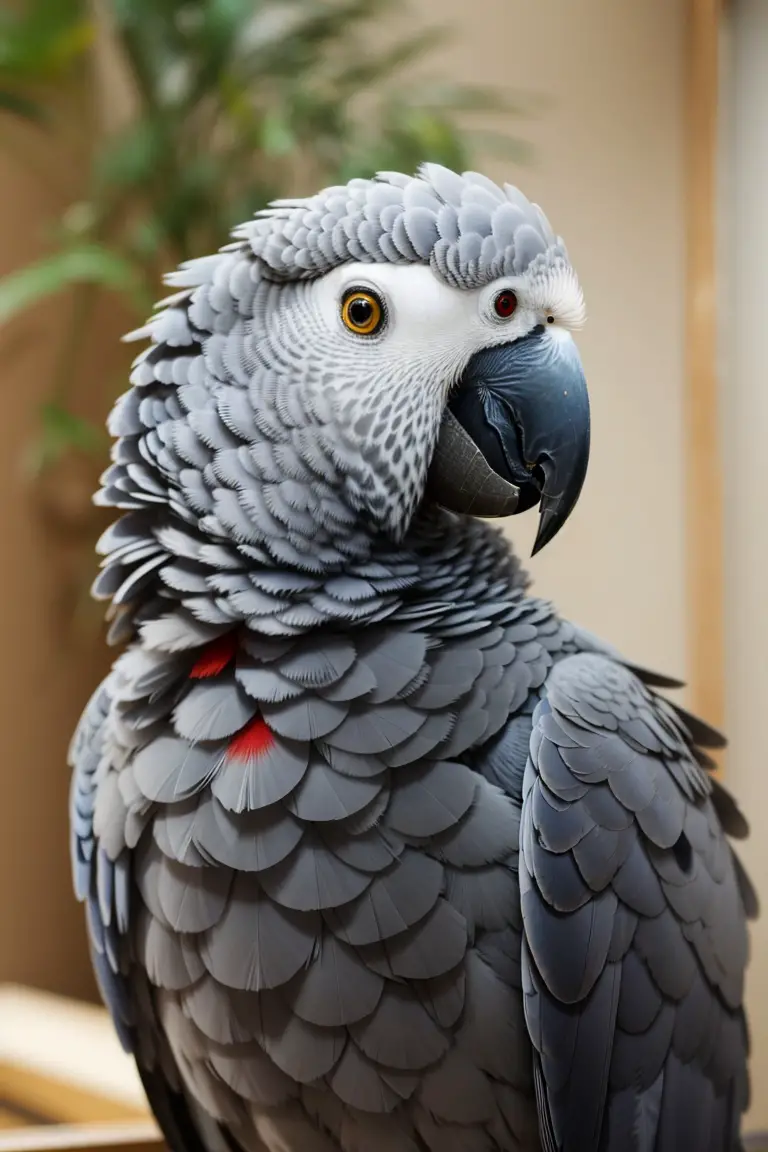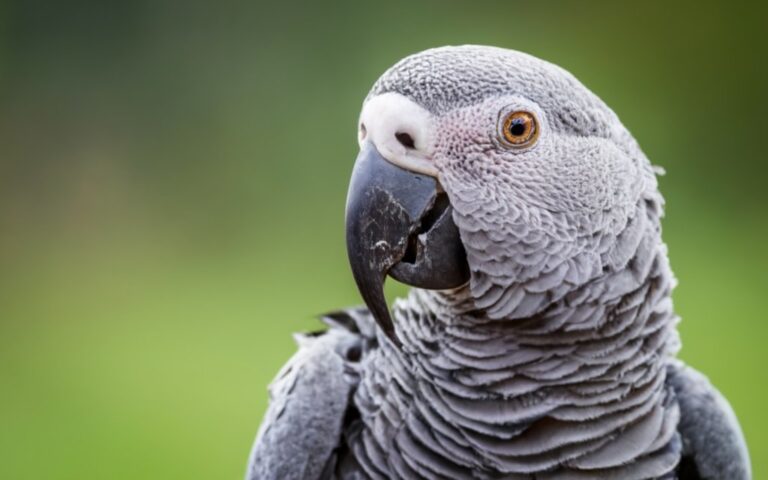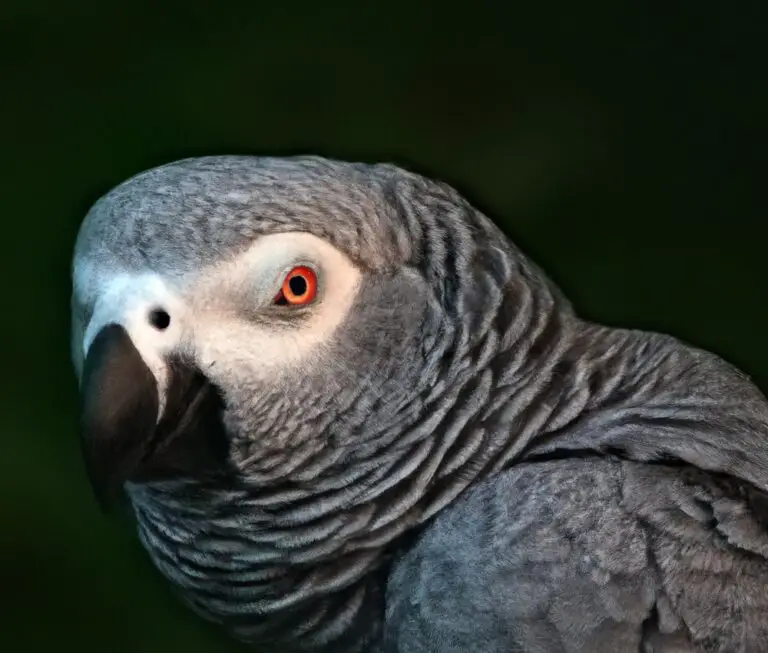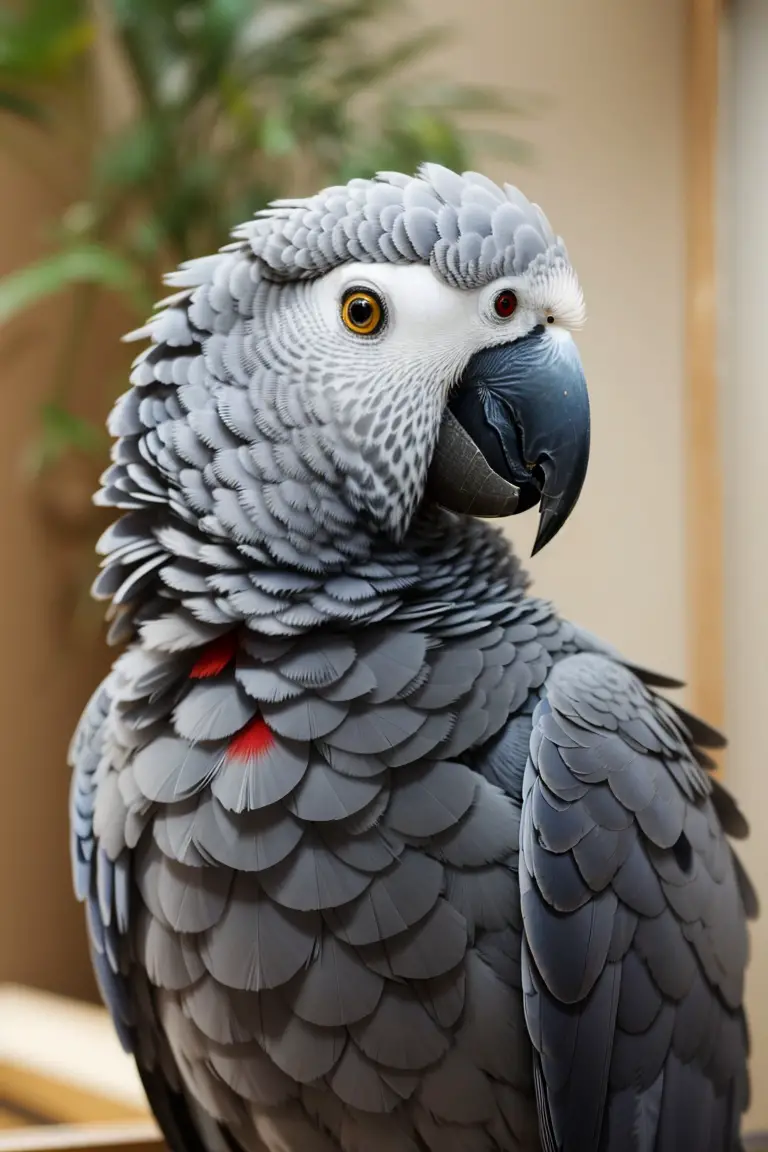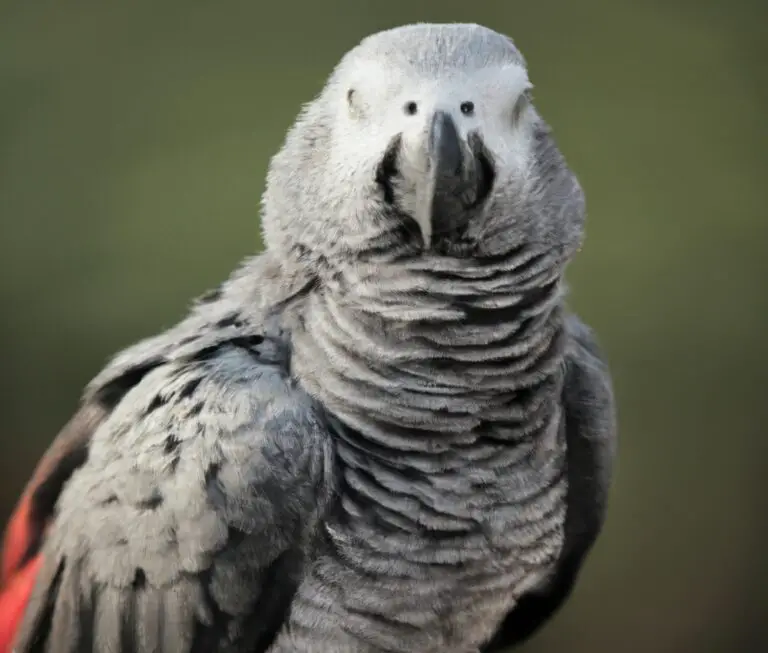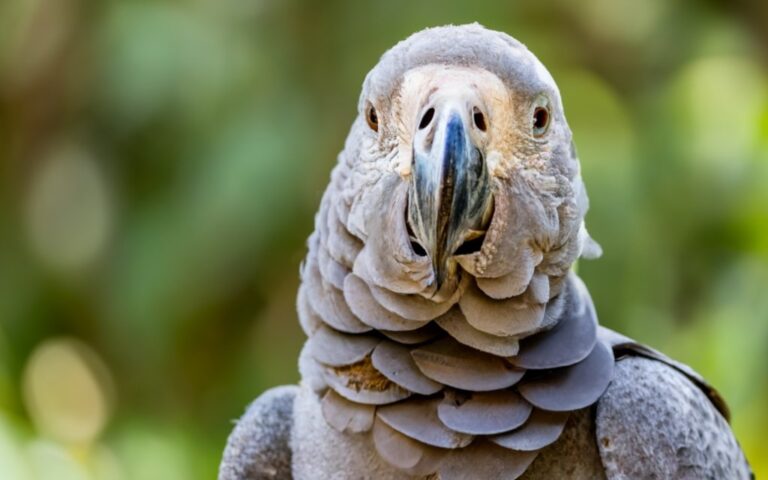How To Identify Male And Female African Grey Parrot?
Key Takeaways:
- Male African grey parrots have a larger size and tend to have a broader head shape compared to females.
- The coloration of the neck feathers can be an indicator of the sex of an African grey parrot, with males usually having a darker shade than females.
- Examination of the tail feathers can help determine the gender, as males typically have longer and more slender tail feathers.
- It is highly recommended to consult with an avian veterinarian for a definitive sex determination of African grey parrots.
Have you ever wondered how to tell male and female African grey parrots apart? These stunning birds are known for their intelligence and captivating personalities, but identifying their gender can be a bit tricky.
That’s where I come in to help! In this article, I’ll guide you through the key characteristics and behaviors that can help you accurately determine whether your African grey parrot is male or female.
Knowing their gender is not only fascinating, but it can also have implications for their well-being and your ability to meet their specific needs. So, let’s dive in and uncover the secrets of distinguishing male and female African grey parrots.
| Physical Characteristics | Male African Grey Parrot | Female African Grey Parrot |
|---|---|---|
| Size | Generally larger | Generally smaller |
| Color | Darker gray feathers | Lighter gray feathers |
| Eye Color | Typically light yellow or light gray | Usually dark gray or dark brown |
| Head Shape | Broader head | Narrower head |
| Behavior | Can be more aggressive | Tends to be more docile |
Understanding African Grey Parrots
African Grey Parrots are fascinating birds with unique characteristics. Understand them better to fully appreciate their beauty and behavior.
Characteristics of African Grey Parrots
African Grey Parrots are known for their high intelligence and ability to mimic sounds. They have a medium-sized body with gray feathers and a distinctive red tail.
They have a large, powerful beak and bright orange eyes.
These parrots are also highly social and require mental stimulation to thrive.
Importance of Identifying Male and Female African Grey Parrots
Identifying the gender of African Grey Parrots is important for several reasons.
Firstly, it helps in creating a balanced social environment, as male and female parrots may have different behavioral traits.
Secondly, knowing the gender can aid in breeding programs and ensuring genetic diversity.
Finally, it can also impact the parrot’s overall health, as certain diseases and conditions may be gender-specific.
Identifying Male African Grey Parrots
Male African Grey Parrots can be identified by their physical attributes, behavioral patterns, and vocalizations.
Physical Differences
Male African Grey parrots typically have larger bodies, with a length of about 12-14 inches.
They also tend to have broader heads and a more pronounced neck.
In terms of color, males often display darker gray feathers on their chest and back, while females have lighter gray feathers.
Additionally, males may have a solid black beak, while females have a beak with a reddish tinge.
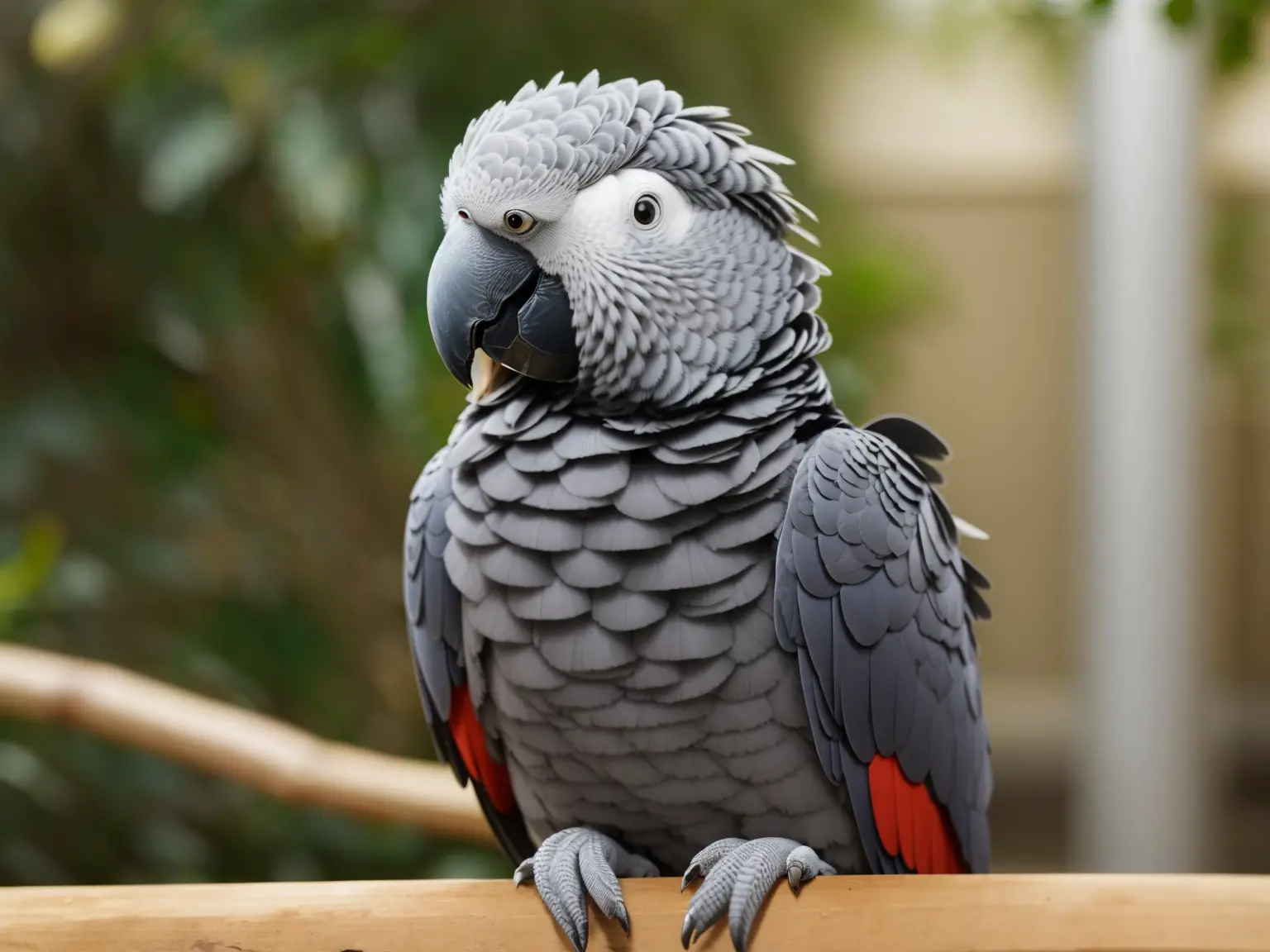
Behavioral Differences
Behavioral differences in African Grey Parrots can provide clues for identifying their gender. Males tend to display more aggressive behaviors, such as biting and territoriality.
They are also known to be more vocal, often mimicking sounds and words.
Females, on the other hand, are typically more reserved and may display a nurturing behavior towards other birds or objects. Observing these behavioral cues can help you determine the gender of your African Grey Parrot.
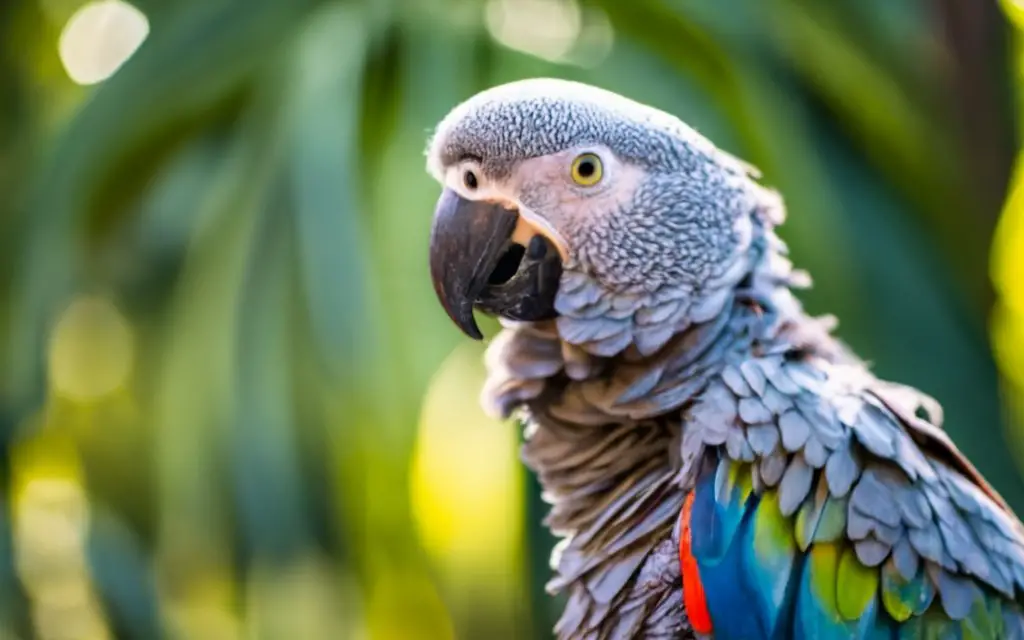
Vocalization Differences
Male African Grey Parrots tend to have a larger repertoire of sounds, including mimicking various noises and human speech.
Females also vocalize, but their range may be more limited compared to males.
Both genders can display shrieking or loud calls at certain times, but males often exhibit more complex vocalizations.

Identifying Female African Grey Parrots
Female African Grey Parrots can be identified through their physical, behavioral, and vocalization differences.
Physical Differences
Male African Grey Parrots tend to be slightly larger than females.
Males have a broader head, larger beak, and a more pronounced red or maroon tail.
Females, on the other hand, have a narrower head, smaller beak, and a gray tail with a maroon or dark maroon band.
These physical differences can help in identifying the gender of an African Grey Parrot.
Behavioral Differences
Behavioral differences can be observed between male and female African Grey Parrots.
Males tend to be more talkative and mimic sounds easily.
They may also display more territorial behavior.
Females, on the other hand, are generally more reserved and may be less inclined to engage in mimicry or vocalization.
Observing these behavioral cues can help in identifying the gender of your African Grey Parrot.
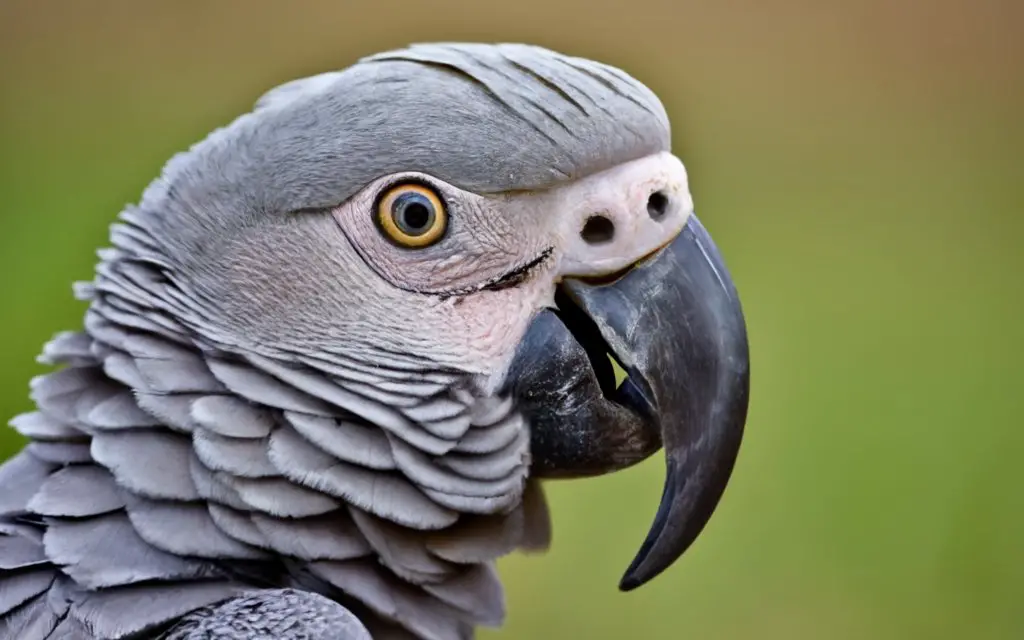
Vocalization Differences
Male African Grey Parrots are known for their ability to mimic sounds and voices, including human speech.
They are often more vocal and may display a wider range of vocalization than females.
On the other hand, female African Grey Parrots tend to have a softer and more melodic voice.
They may not mimic as much as males, but they can still learn and imitate certain sounds.
By listening closely to their vocalizations, you can get a sense of their gender.
Tips for Accurate Identification
To accurately identify the gender of an African grey parrot, it is important to observe physical traits and behavioral cues, and consider seeking veterinary help or DNA testing if needed.
Observe Physical Traits
To observe physical traits in African Grey Parrots, look for differences in size and coloration. Males typically have larger heads and beaks, while females are usually slightly smaller.
Also, note that male African Greys may have more red or orange in their plumage compared to females.
Keep in mind that these traits may not be consistent in all individuals, so it’s important to consider other factors as well.
Observe Behavioral Cues
Observe how African Grey Parrots behave to help determine their gender.
Males tend to be more dominant, assertive, and territorial.
They may strut, spread their wings, and display aggressive behavior.
Females, on the other hand, are usually more docile, shy, and nurturing.
They may show more nesting behaviors and be less prone to aggression.
Additionally, observing their interactions with other parrots can provide valuable clues.
Seek Veterinary Help or DNA Testing
If you’re having trouble accurately identifying the gender of your African Grey Parrot, seeking veterinary help or DNA testing is your best option. A veterinarian experienced in avian medicine can perform a physical examination and possibly recommend DNA testing to determine the parrot’s gender with certainty.
Frequently Asked Questions
Can African Grey Parrots Change Gender?
African Grey Parrots do not change their gender. Once their gender is determined, it remains fixed throughout their life.
So, if you have a male or female African Grey Parrot, it will always be male or female.
Can Juvenile African Grey Parrots Be Sexed?
Yes, juvenile African Grey parrots can’t be sexed through physical characteristics alone, as they do not develop distinctive gender-specific traits until they reach sexual maturity. To accurately determine the gender of a juvenile African Grey parrot, DNA testing is typically required.
Can Visual Identification Be Challenging?
Identifying the gender of African Grey Parrots based on visual cues can be challenging. There are subtle differences in physical appearance and behavior between males and females, making it difficult to accurately determine gender.
Consulting a veterinarian or opting for DNA testing are more reliable methods for identification.
Is It Necessary to Know the Gender of Your African Grey Parrot?
Knowing the gender of your African Grey Parrot is not absolutely necessary, but it can be helpful for a few reasons.
Firstly, it can help you provide appropriate healthcare and nutrition based on their specific needs.
Secondly, it can help you understand and address any behavioral differences that may arise.
And thirdly, it can assist with bonding and building a strong relationship with your parrot.
While not essential, knowing the gender can enhance your overall experience as a parrot owner.
Is It Possible to Tell Gender Just by Appearance?
No, it is not possible to accurately determine the gender of an African Grey Parrot just by appearance.
While there may be slight physical differences, they are not reliable indicators.
Behavioral cues and vocalizations are also not conclusive.
Veterinary help or DNA testing are more accurate methods of determining gender.
Final Verdict
Correctly identifying the gender of African Grey Parrots is essential for various reasons, including breeding, behavior understanding, and proper care.
By observing physical characteristics, such as size and coloration, as well as behavioral cues, like vocalizations and nesting behavior, it is possible to determine the sex of these birds.
However, it is always advisable to seek veterinary assistance or DNA testing for accurate results.
Knowing the gender of your African Grey Parrot not only enhances your understanding of their individual needs but also enables you to provide appropriate companionship and care for them.
So, take the time to understand the nuances and characteristics of male and female African Grey Parrots, and form a deeper, more meaningful connection with these incredible birds.

